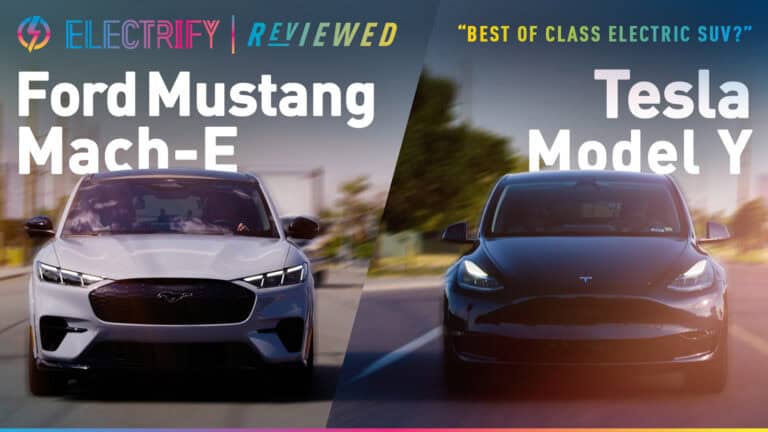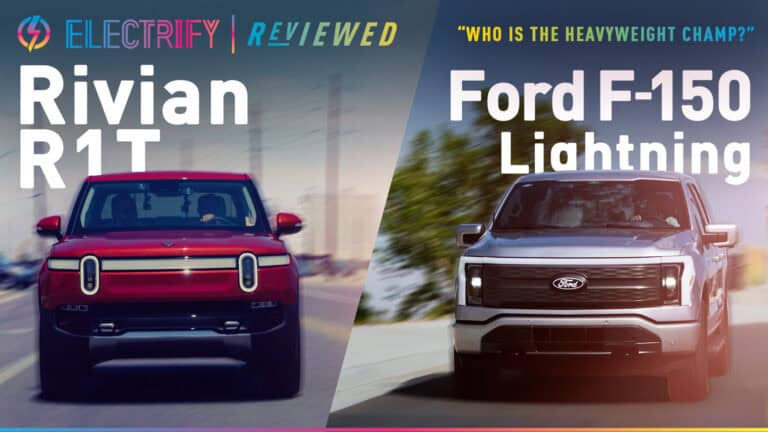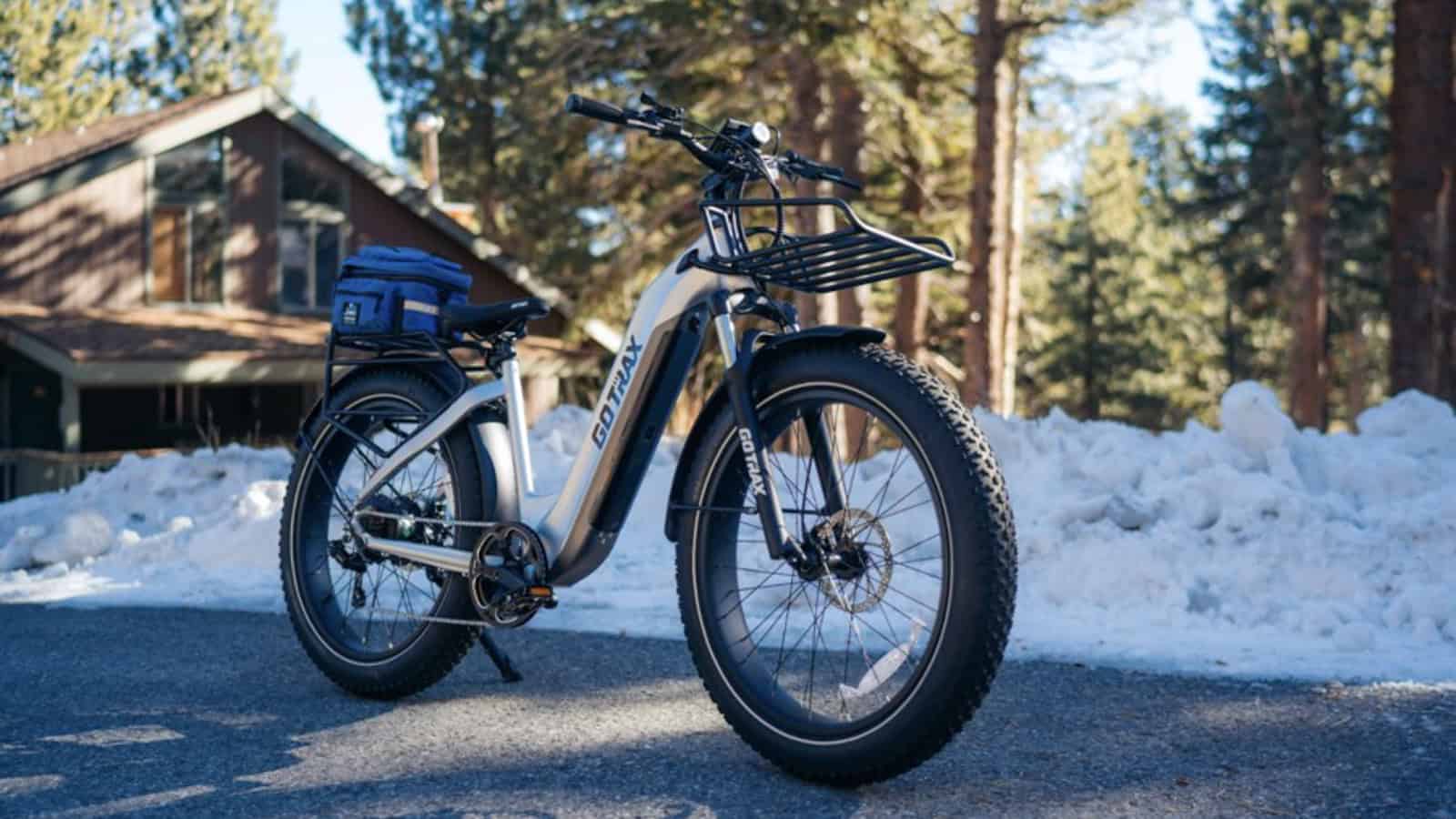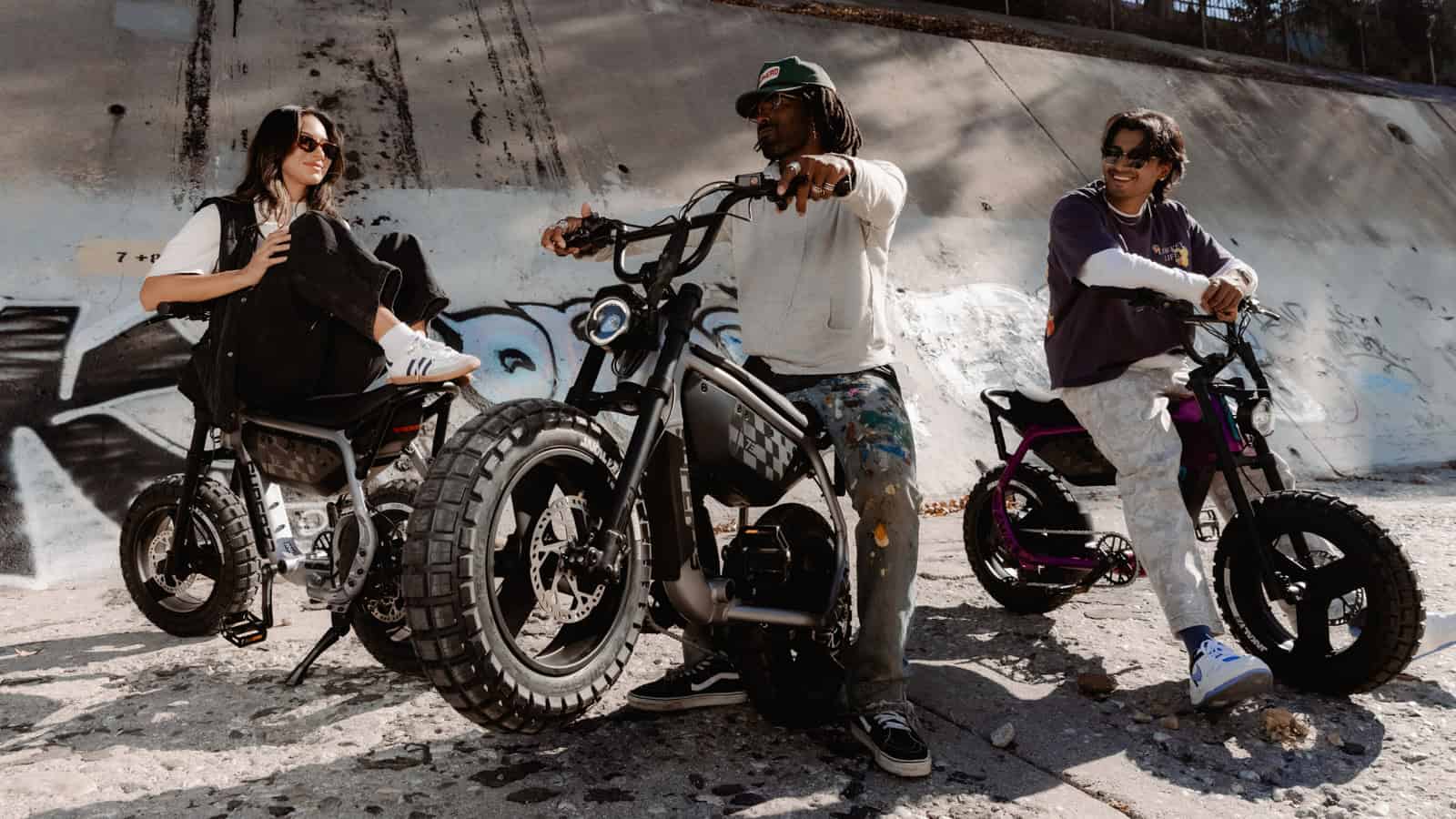- Electric bikes are a fun addition to the commuting lifestyle, but it’s important to know how they work so you can get the best ride possible.
- If you can understand specs like the wattage, voltage, and amp-hours, then you’re ready to pick and choose the best e-bike for your needs.
- You can also pick from three different classes of e-bike, which can offer you different top speeds or power options.
Praise be to whoever thought to slap an electric motor onto a bicycle. Yes, motorized bikes existed before e-bikes, but they were loud things. With e-bikes, you get all the power of a motor without the racket. And because of their ease of use, electric bikes have become a popular tool for commuters, hunters, and folks who just want to enjoy the fresh air a bit. But just because they’re easy to use doesn’t mean they’re necessarily easy to understand or to translate the specs. So how do electric bikes work? We’ll dig into how they work and provide some insights into their mechanical details.
The Basics: How Does an Electric Bike Work?
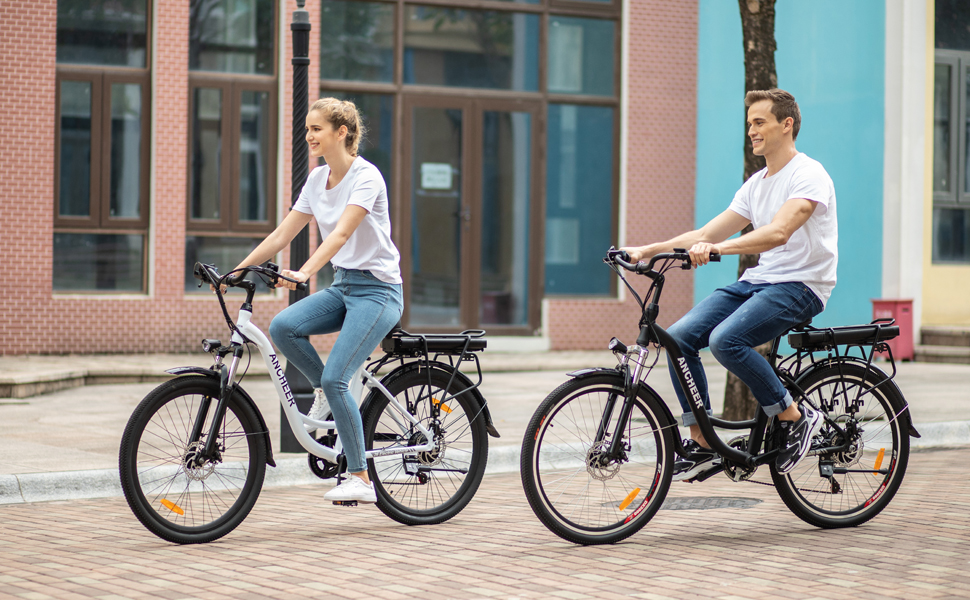
Electric bikes use a motor to assist with pedaling, making the process of riding less physically taxing. Some types of e-bikes allow the bike to move forward under its own power from the motor via a throttle, but most e-bikes require the rider to do some level of pedaling that the motor will then supplement with more power.
One key thing to know is that electric bikes are not the same as motorcycles. The electric motor and battery on an e-bike don’t last as long as a gas-powered engine, but they do offer benefits like being better for the environment thanks to a lack of fuel exhaust and being a healthier option for riders since you still need to do some physical exertion.
The Main Components of E-Bikes

Electric bikes have three main components that set them apart from standard bicycles: the battery, the motor (and its controller,) and the sensor.
The Battery
The battery powers the motor. Its ability to generate power and how long it lasts are important factors to consider when choosing an e-bike. We’ll get more into those details in the next section.
Now, while bike batteries have become smaller and more powerful over time thanks to technological advancements, they still add a significant amount of weight to an e-bike. This is why it’s such a big deal to find lightweight e-bikes that still give you good riding range but also are easy enough to carry around and store when you’re not riding them.
The Motor
The motor is what converts electric power from the battery into the mechanical work that helps turn the bike’s wheels. If you have a Class 2 e-bike (which we’ll explain later on in this article), you will get a throttle as an optional speed controller beyond just the pedals.
Electric bikes can have motors placed in various spots on the bike, like the front hub, rear hub, or closer to the bike’s center of gravity and attached to the frame. Each position has its own advantages and disadvantages, and each one also affects the bike’s handling and stability. For example, having the motor on the rear hub may greatly help with traction, but it’ll also make it harder for you to change out a tire or tube with the motor in the way.
The Sensor
E-bikes have sensors that monitor your speed and determine when to activate the motor. The speed sensor measures how fast you’re traveling, while the torque sensor measures how hard you’re pedaling.
Speed sensors are necessary to make sure you’re staying at a safe speed, just like with any other motorized ride. Torque sensors are what allow the bike to give you more assistance depending on how hard you’re working.
Understanding Electric Bike Wattage, Voltage, and Amp-Hours

Like we mentioned above, when you’re buying an e-bike, you need to be able to understand specs like wattage, voltage, and amp-hours of the battery. It’ll help you see how that all translates into the potential speed, performance, and range of an electric bike.
Wattage
Wattage refers to the power output of the motor, and it can indicate the potential speed and performance of a given e-bike. Wattage is measured in nominal power (its typical operating capability) and peak power (its ideal calculated value). A higher-wattage motor usually means more power, which can mean faster acceleration and better climbing ability.
You’ll commonly see wattage options like 250 watts all the way to 750 watts. Let’s look at each real quick:
- 250 W motors: These are the most common wattage for e-bikes, and they’re usually found on entry-level rides. They’re relatively low-powered, which makes them more efficient when it comes to battery consumption, but they may struggle on steeper hills or with carrying heavier loads.
- 350 W motors: These are a popular option for folks who want more of a balance between power and efficiency. They provide enough power for most riders and scenarios without draining too much energy.
- 500 W motors: These motors are more powerful and can handle steeper hills and heavier loads. However, they do use up more energy to get you up those hills.
- 750 W motors: These are the most powerful e-bike motors that are legal in the U.S., and they can put out some significant speed and acceleration. However, they are super energy-intensive.
Voltage
Voltage measures how much power the battery can send to the motor. Higher voltage means more power can flow from the battery to the motor, resulting in better performance and efficiency.
Popular voltage levels you’ll see would be 36 V, 48 V, and 52 V:
- 36 volts: These are going to be less powerful bikes, so they’re great for entry-level e-bike riders. They also tend to be cheaper to buy and cheaper to charge.
- 48 volts: This is a really common voltage to see. It offers better range and a greater overall electrical current than the 36 V option,
- 52 volts: This option would give you the most power for an e-bike, potentially meaning faster acceleration, and it’ll also give you a longer battery life.
Amp-Hours
Amp-hours indicate the battery’s capacity and how much energy can move from the battery to the motor over the course of an hour. Higher amp-hours generally mean a longer battery life.
You’ll often see amp-hours on e-bikes like 10 Ah, 13 Ah, all the way up to 21 Ah. With a 10 Ah battery, you could ride for around 20-40 miles on a single charge.
How Do Wattage, Voltage, and Amp-Hours Tell Me How Far I Can Ride on My E-Bike?
These specs are all related, truly. You can multiply the volts by the amp-hours and get your watt hours, which tells you your overall capacity.
Volts x Amp-Hours = Watt Hours (capacity)
For example, maybe you have a 48 V battery with 14 amp-hours:
48 V x 14 Ah = 672 Wh
But if you had a bike with a 48 V battery with 16 amp-hours, look at how the results change:
48 V x 16 Ah = 768 Wh
That’s a 14% increase in capacity, so by having 16 Ah instead of 14 Ah, you have 14% more potential range.
Now this is where estimating your range gets a bit wibbly-wobbly. It depends on how many watt hours per mile you’re using up. If you’re using just a moderate level of pedal assist and riding on flat terrain, you’re probably using around 15 Wh per mile.
672 Wh / 15 Wh per mile = 44.8 miles of range
But what if you’re pushing hard down on that throttle or using the highest level of pedal assist available? You might be using closer to 20 Wh per mile.
672 Wh / 20 Wh per mile = 33.6 miles of range
That’s more than 10 miles of difference in your potential range, so your riding style and terrain really do matter. These numbers can help you understand what you could expect, though.
Understanding E-Bike Classes and Speed Limits

We do talk about this more in-depth in our article on “What is an e-bike,” but let’s cover the classes of e-bikes and their speed limits here, too.
You can find three major types of e-bikes in the U.S. broken down by class. The class level lets you know if it has a throttle and what the top speed is:
| Class 1 | Class 2 | Class 3 | |
| Pedal Assist | Yes | Yes | Yes |
| Throttle | No | Yes | No |
| Max Assisted Speed | 20 mph | 20 mph | 28 mph |
Here’s a little more explanation:
- Class 1: With a Class 1 e-bike, the motor will only start when you’re pedaling. The pedal assist stops giving you a boost after 20 mph – any faster than that is all you, you speed demon.
- Class 2: You also get pedal-assist up to 20 mph on Class 2 e-bikes. But also get a throttle-powered mode that doesn’t require any pedaling.
- Class 3: Just like with a Class 1 e-bike, the motor will kick in only when you’re actively pedaling. However, this class has a higher top speed of 28 mph when it comes to the pedal assist.
Now You Know, and Knowing Is Half the Battle
If you’re looking to finally buy your first e-bike, it’ll help you to know how the bike works and what its specs mean so you can make an informed decision and get the best ride possible. Whether you prefer pedal-only, some pedal assist, or a rip-roaring throttle option, owning an e-bike offers you a versatile and fun riding experience.
ADVERTISEMENT

SOURCES | FEATURED IMAGE: DISCERNING CYCLIST, STORY BICYCLES, JUICED BIKES, EVELO | KĀRLIS DAMBRĀNS
FTC: We use income-earning auto affiliate links. Learn more.



